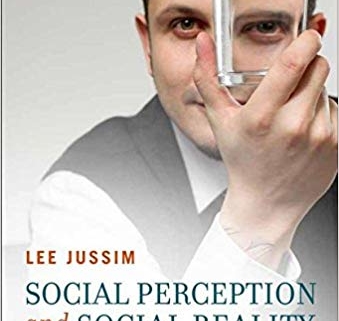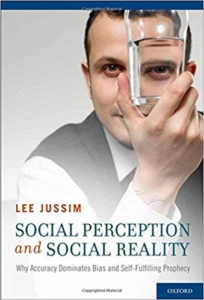Multiculturalism, Feminism, and the Transport Rape Epidemic

“There have been rises in reported sexual offences on London Underground and London Overground networks.” Transport for London, 2017/2018 Crime Statistics Bulletin.
“The number of rapes and sex assaults of taxi and private hire passengers in London reached a 14-year high in 2016.” BBC News.
One of my all-time favorite thrillers is Richard Harmon’s claustrophobic The Hitcher (1986). Its premise is superficially simple. A young man, Jim Halsey, is in the process of delivering a car from Chicago to San Diego when he unwittingly stops to pick up a psychopathic hitchhiker, John Ryder, who is in the midst of a murder spree. The film, as it then swiftly unfolds, is essentially a single chase sequence as Halsey attempts to escape Ryder’s obsessive and maniacal attentions and avoid becoming the latest of his victims. The film was released to great critical acclaim in Europe, where it won the Critics Award, Grand Prix, and the TF1 Special Award at the 1986 Cognac Festival du Film Policier. It was less well received in the United States due to the extremity of its rarely depicted, but often suggested, violence. Along with Rutger Hauer’s magnificent performance as the enigmatic Ryder, the overall success of the film probably resided in the way in which it subverted cherished notions about modern transport, and about the car in particular. Much of modern ‘car culture’ and associated marketing orbits an often dubious and self-contradictory rhetoric of freedom, sex, speed, escapism, youth, individualism, ostentation, and safety. Rebuking this rhetoric, The Hitcher portrays the car itself as a kind of lethal trap; a means of imprisonment in one sense, and hostile pursuit in another. Read more








